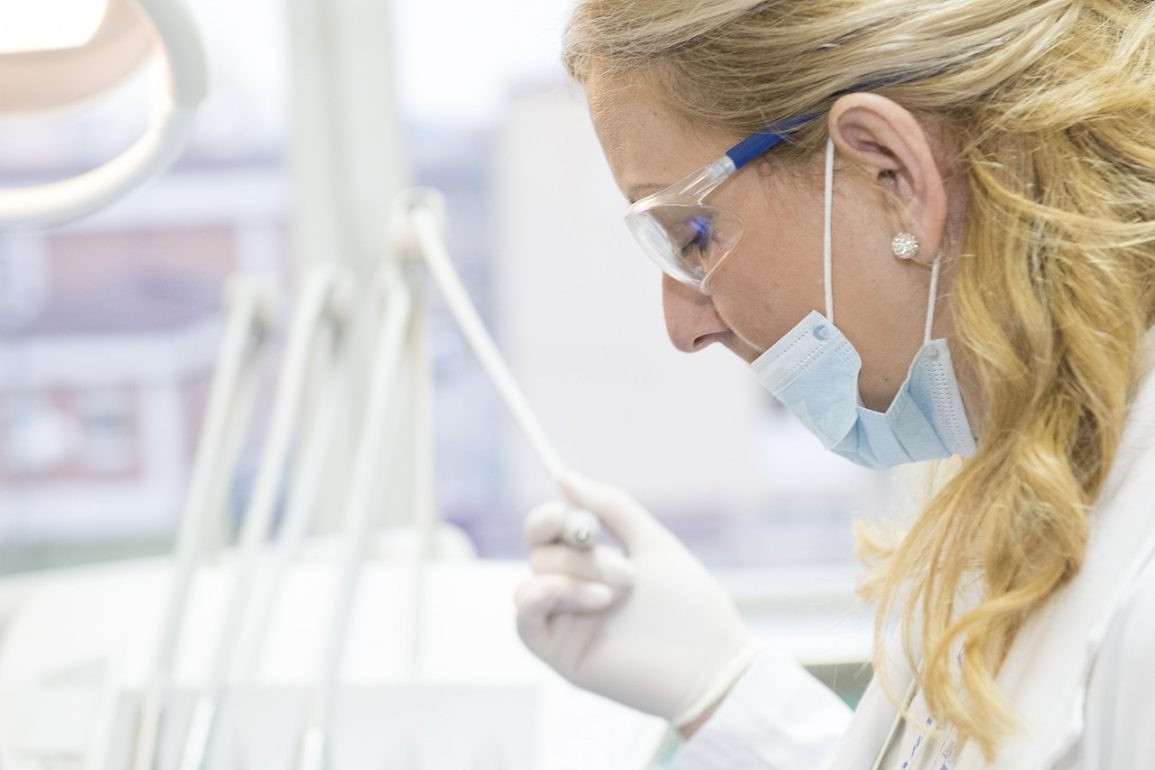How Do Saliva Testing Methods Enhance Industrial Safety: A Look at Modern Monitoring Techniques.
In the realm of industrial safety, the emergence of saliva testing methods has marked a significant advancement. Saliva-based testing, especially with the use of an oral fluid drug testing set, provides a convenient and non-invasive way to monitor the wellness and safety of employees on-site. These tests are designed to swiftly and accurately detect the presence of substances that may impair an individual’s ability to perform their duties safely, therefore minimising the risk of accidents and ensuring compliance with workplace safety regulations.
The ease of administering saliva tests means that they can be conducted at any location within the workplace, eliminating the need for external laboratory appointments and lengthy wait times for results. This on-the-spot testing capability not only reduces downtime but also allows for immediate action to be taken should a test return a positive result. Rapid detection and response are vital in maintaining a secure and productive working environment.
Key Takeaways
- Saliva testing provides a non-invasive and efficient method of screening for substance use.
- Immediate on-site testing enhances quick decision-making and safety compliance.
- Saliva tests leverage convenience to facilitate regular monitoring and enforcement of safety policies.
Fundamentals of Saliva Testing for Industrial Safety
Saliva testing is transforming industrial safety by offering a non-invasive and convenient method of monitoring workers’ health and substance use. This testing method is particularly crucial for ensuring safety in high-risk work environments.
Scientific Basis of Saliva as a Diagnostic Fluid
Your body’s saliva is a rich source of biological markers, including hormones, antibodies, and drugs, making it a potent diagnostic fluid. The presence of these substances in saliva often mirrors their concentration in the blood, allowing for an accurate reflection of the body’s physiological state. Enzymes and electrolytes present in saliva also provide valuable information about your health and exposure to various hazardous substances.
Advantages of Saliva Testing Over Traditional Methods
Compared to traditional testing methods, saliva testing is less invasive and can be performed easily and quickly on-site, reducing downtime and increasing the efficiency of safety protocols. Moreover, saliva tests eliminate the need for needles and biohazards waste associated with blood draws, minimising the risk of cross-contamination and infection. For frequent and immediate drug testing requirements, saliva drug test kits provide employers with swift results, helping to maintain a safe working environment.
Implementation and Impact
Implementing saliva testing protocols effectively enhances industrial safety by providing a non-invasive and rapid means of detecting health concerns like infections. Its impact can be seen in the increased readiness and decreased downtime in various sectors.
Saliva Testing Protocols in Industry
To initiate saliva testing in an industrial setting, you’ll establish a clear protocol. This includes the frequency of testing, the specific locations where testing is carried out, and the type of tests to be used. The chosen tests should be sensitive and specific; for instance, the development and implementation of a simple and rapid extraction method for saliva allow for minimal sample treatment. You should also consider regulatory compliance and data privacy when designing these protocols.
Workplace Safety Enhancement with Saliva Testing
Your workplace safety stands to benefit significantly from saliva testing. This non-intrusive method minimizes the risk of cross-contamination and reduces the dependence on specialised protective equipment. Saliva tests have been described as having significant advantages, such as ease of collection and less need for supplies and trained personnel, making them ideal for industrial environments.
Case Studies: Saliva Testing in Action
Several case studies demonstrate the practical applications of saliva testing. For instance, at Penn Medicine, the rapid implementation of a saliva-based SARS-CoV-2 testing program aided the institution in maintaining operations during the pandemic. Similarly, the recognition of saliva as a gold-standard sample for pathogen detection has led industries to adopt this method for regular health surveillance, contributing to keeping the workforce safe and operational integrity intact.
Conclusion
Saliva testing methods are becoming an indispensable tool in ensuring workplace safety. They offer a non-invasive and rapid assessment that supports the early detection of various biological markers. This is vital for monitoring employee health, particularly in industries where exposure to hazardous substances is a concern.
Your safety management strategies can be greatly enhanced with these tests, as they contribute to a deeper understanding of on-site risk. Real-time data collection allows for proactive measures and reduces potential downtime due to health-related incidents.
Remember, embracing saliva testing is a step towards a safer and more efficient work environment. It’s a commitment to employee well-being and a reflection of a responsible organisational culture.
Poppy Watt


